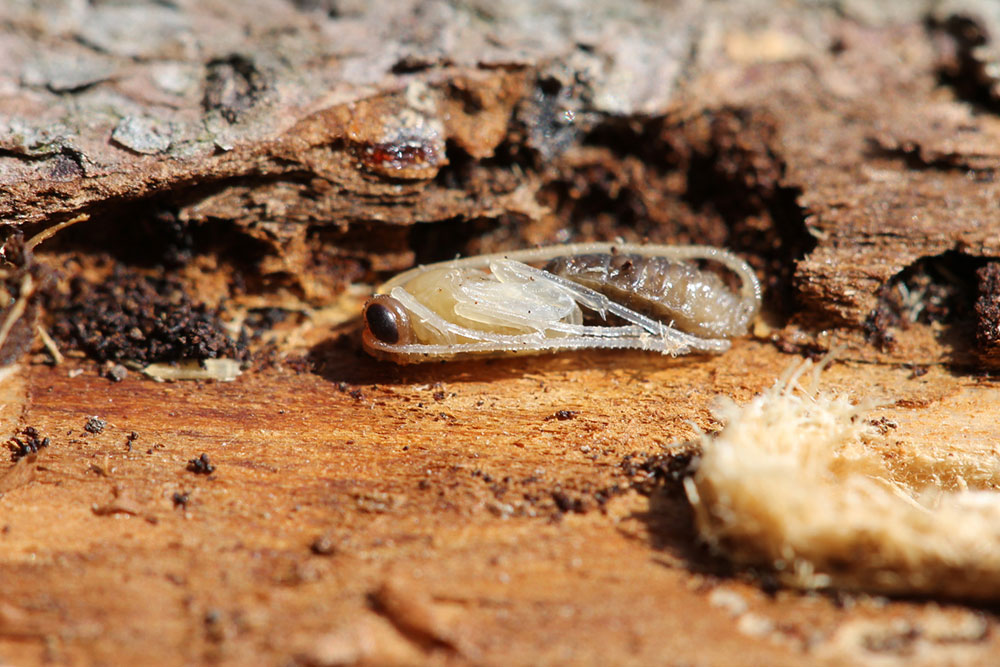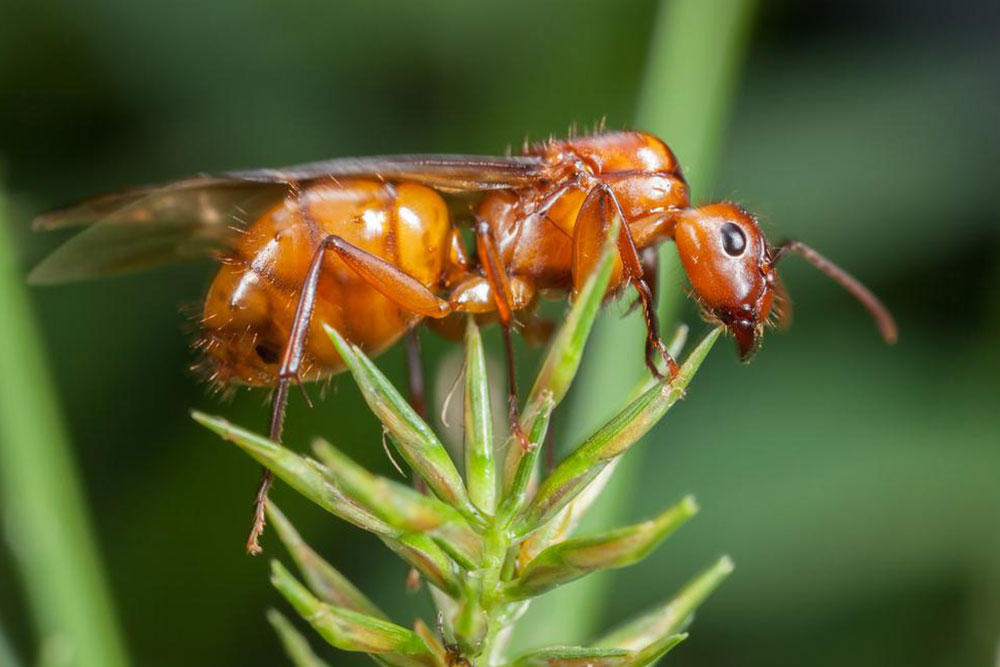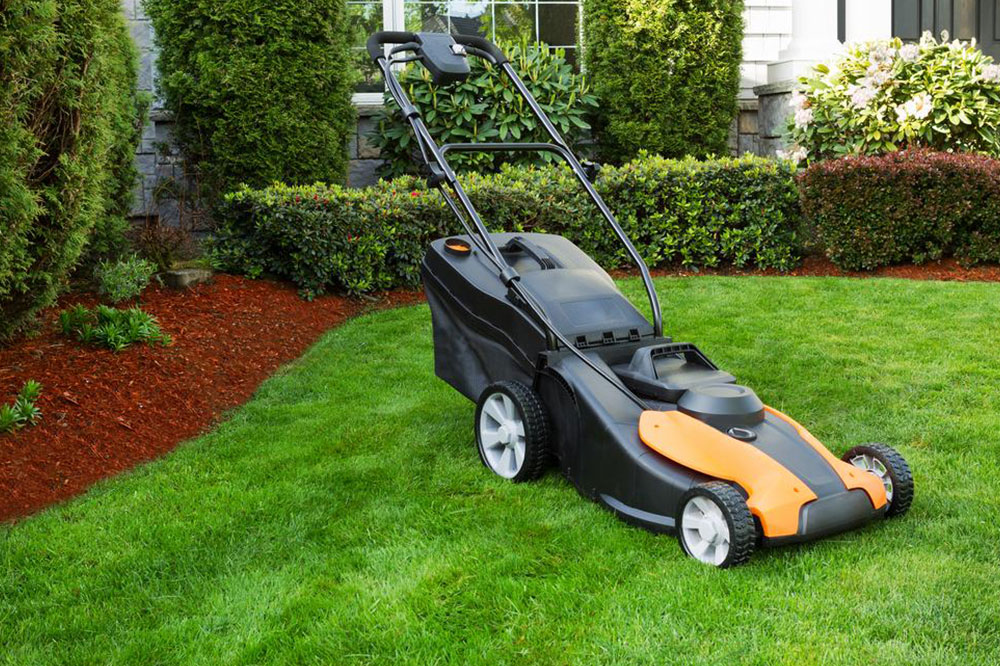Understanding Tree Boring Insects: Identification, Signs, and Solutions
Discover how to identify, treat, and prevent tree borer infestations. Learn about common signs, effective remedies, and preventative measures to protect your trees from damage caused by these wood-boring insects.

Understanding Tree Boring Insects: Identification, Signs, and Solutions
Tree pests that bore into wood are a diverse group of insects, including beetles, moths, wasps, and their larvae, that feed on and inhabit woody plants. They can be classified as primary invaders, attacking healthy trees, or secondary invaders, targeting weakened or dead trees. Identifying these pests early is key to managing infestations effectively. Common types include flat-headed beetles, round-headed beetles, weevils, and moth caterpillars, each causing specific damage patterns.
The damage caused by these pests is often visible through characteristic holes, presence of frass or sawdust, cracked bark, dead branches, or sap oozing from the tree. Recognizing these signs early helps in implementing effective control measures.
Effective remedies include chemical treatments, strategic pruning, manual removal of larvae, or even replacing severely damaged trees. Preventive care such as proper watering, fertilization, selecting less susceptible species, and protecting wounds from external damage can significantly reduce the risk of infestation.
Note: Proper identification and early intervention are vital. Always follow local guidelines when using chemical solutions or pruning to ensure safety and effectiveness.










